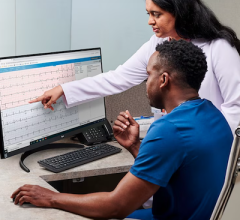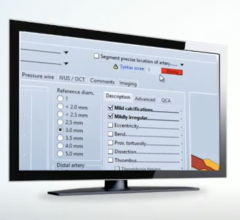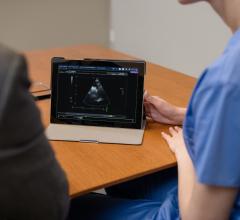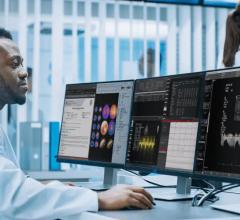
September 7, 2016 — Technological and administrative obstacles are significantly cutting into available time for physicians to engage with patients. Nearly half a physician’s office day is now filled by data entry into electronic medical records (EHRs) and administrative desk work, according to a new time-motion study conducted by experts at the American Medical Association (AMA) and Dartmouth-Hitchcock healthcare system. The study results were published in the Annals of Internal Medicine.
“This study reveals what many physicians are feeling – data entry and administrative tasks are cutting into the doctor-patient time that is central to medicine and a primary reason many of us became physicians,” said AMA Immediate Past President Steven J. Stack., M.D. “Unfortunately, these demands are not being reconciled with patient priorities and clinical workflow. Clerical tasks and poorly-designed EHRs have physicians suffering from a growing sense that they are neglecting their patients as they try to keep up with an overload of type-and-click tasks.”
During the office day, the study found physicians spent 27 percent of their total time on direct clinical face time with patients and 49.2 percent of their time on EHR and deskwork activities. In other words, for every hour of direct clinical face time to patients, physicians spend nearly two hours of additional time on EHR and deskwork within the office day. Outside of office hours, physicians spend another one to two hours of personal time each night on data entry demands.
Stack highlighted the new study in a presentation to entrepreneurs at MATTER, a Chicago-based healthcare technology incubator and partner in AMA’s effort to have physicians play an influential role in leading innovations that move healthcare forward. Stack noted the findings demonstrate the importance of relying on physician experience to bridge the gap between technology design and the realities of patient care.
“I am not surprised to hear these results, and I can tell you no one who practices medicine today would be surprised by them,” Stack said to the entrepreneurs at MATTER. “But they highlight exactly why new technologies that can bring greater efficiencies to medicine are so important, and why physicians have an important role to play in their development.”
The study quantifies a previous AMA study with Rand Corp. confirming that poorly designed EHRs and administrative obstacles to providing patients with high-quality care are leading contributors to physician burnout. Collaborative studies by the AMA and Mayo Clinic found physician burnout is a growing problem, with 54.4 percent of physicians reporting at least one symptom of burnout in 2014, up from 45.5 percent in 2011. In comparison, prevalence of burnout among the general working population was about 28.5 percent.
For more information: www.annals.org


 November 06, 2025
November 06, 2025 









